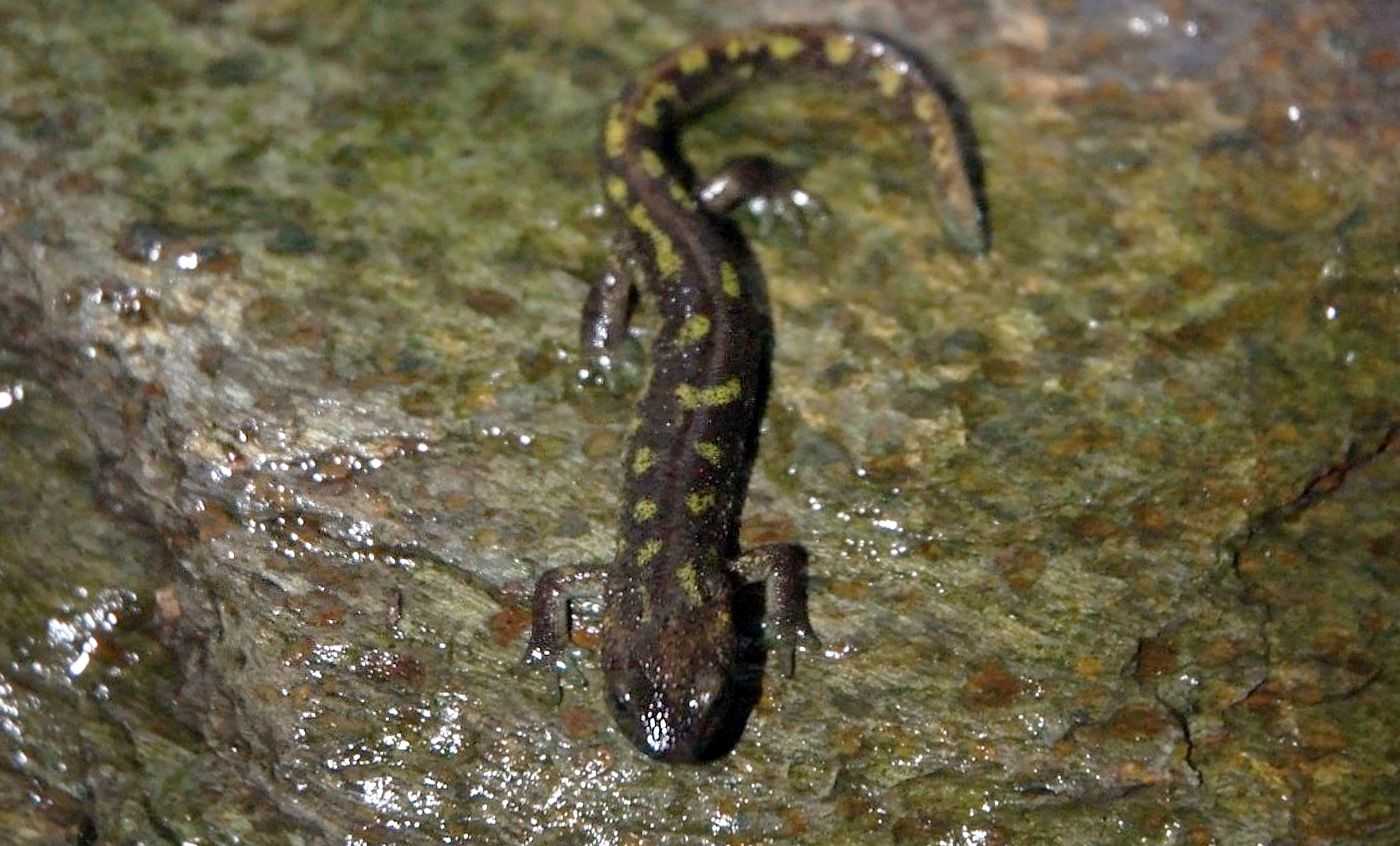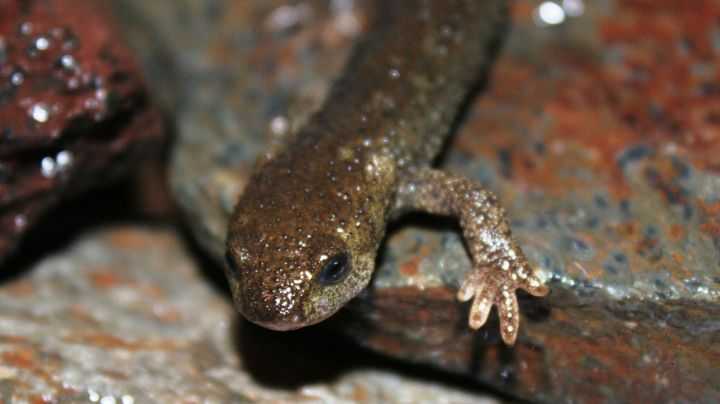Montseny brook newt
(Calotriton arnoldi)
EEP Coordinator: Monica Alonso, Parc Zoològic de Barcelona
EEP page - Montseny brook newt
What are the EEP roles?

| Rescue (long-term) |
| Population restoration |
| Insurance |
| Research (Ex situ) |
| Wild individuals have been located and, when deemed appropriate, brought into captivity in a proper setting. The feasibility of this role is considered high because it is already happening. |
| This role aims to re-establish the species to its historic range and create additional suitable habitat in new areas. This role requires behaviourally competent and genetically viable individuals for release into the wild following the IUCN Translocation Guidelines. The population restoration process has already begun but because of the challenges in egg development, the feasibility is considered medium. |
| This role considers the possibility of maintaining a long-term ex situ population to preserve options for the future. Therefore, the ex situ population has the potential to be used as a source population for demographic and/or genetic supplementation to declining wild populations. This role requires demographic and genetic management as well as strict biosecurity protocols. An insurance population has already been established but as husbandry skills require further refinement and because of the challenges associated with egg development, the feasibility of this role is considered medium. |
| The ex situ population provides the opportunity to study the habits and breeding biology of the Montseny brook newts. This includes working on the breeding protocol to detect possible deficiencies that could result in the low viability of eggs. Moreover, a pilot project of feeding newts (larvae and adults) with captive bred live prey items is required. The risk that these prey items may pose in terms of pathogen transfer should also be evaluated. |

| Develop best practice guidelines |
| Develop best practice guidelinesTo have a husbandry-focused reference document to improve the welfare of the captive animals. There is already a husbandry guideline in Catalan which would need to be translated and adapted to the EAZA template. |
EEP in numbers
In December 2024, the Montseny brook newt EEP included:
- 977 animals
- in 6 institutions.

Programme highlights
- Barcelona Zoo has an information page about the Montseny brook newt
- EAZA and the EAZA amphibian TAG are proudly announcing the launch of the Massive Open Online Course (MOOC) focused on Batrachochytrium salamandrivorans (Bsal)! This e-course, divided in four modules, allows participants to learn at their own pace about the epidemiology of the fungus, the veterinary aspects, prevention as well as the in situ and ex situ conservation challenges. If interested, please register here and do not hesitate to contact bsal@eaza.net for any questions about the MOOC.



